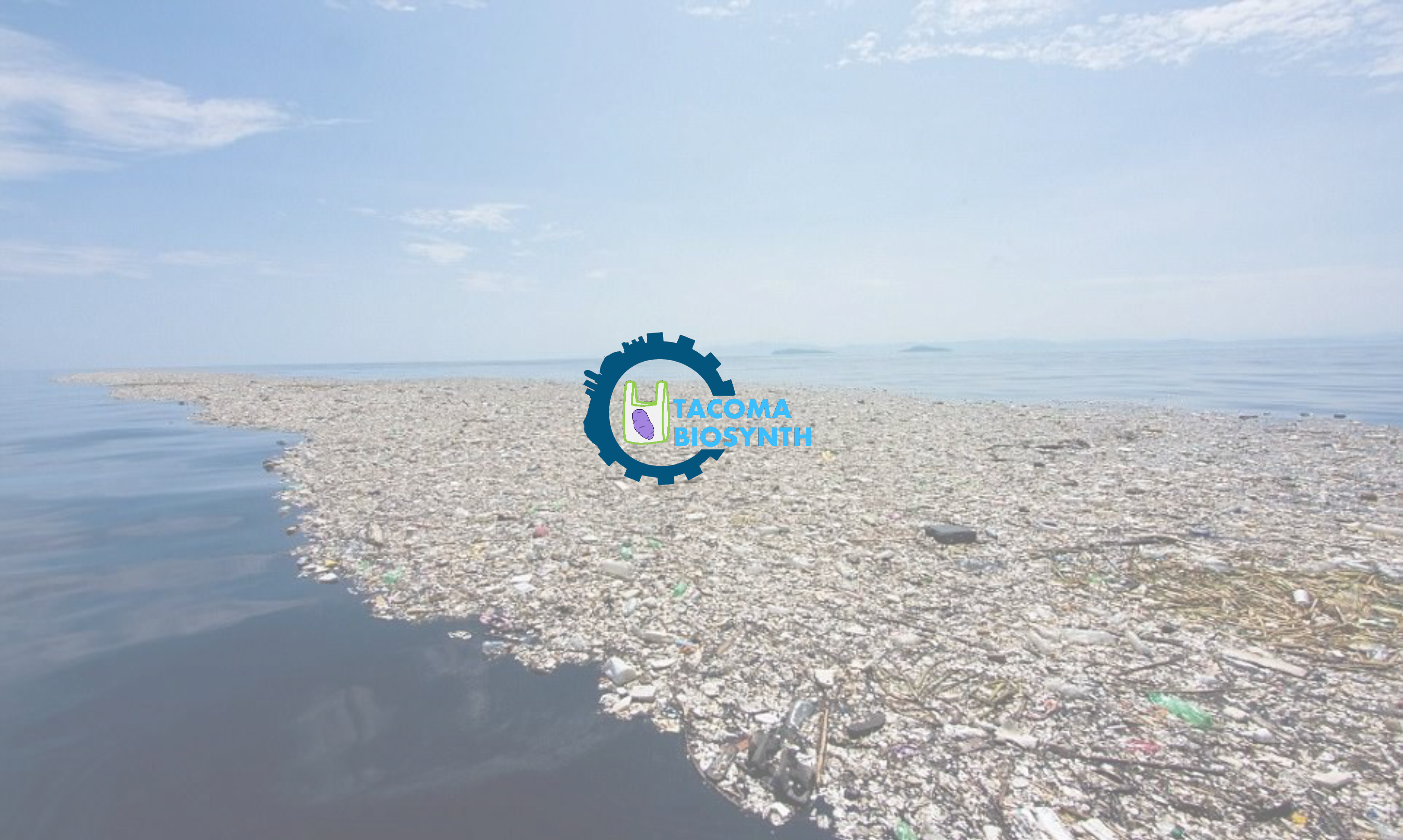
The Problem with Plastic
Since the invention of plastic in 1907 by Leo Baekeland, plastic pollution has become increasingly common (“History Of Plastics”). Plastic bags, six-ring packs and other plastic products can be found negatively impacting almost any natural environment and the animals that live there. For example, plastic contains hazardous chemicals that can run into waterways. This causes poisoning in many different animal and plant species, both aquatic and terrestrial. Furthermore, plastic can choke or otherwise injure sea animals. Six-pack rings are especially famous for killing sea turtles, but all plastics are hazardous to many animals, from birds to fish. Another danger of plastic is that it provides transportation for invasive species. Microplastics in the ocean are ideal vessels for invasive species to enter and damage a wide array of ecosystems. Beyond the direct impacts on the biosphere, plastic is also made from oil and requires massive amounts of energy to produce (Knoblauch). Plastic pollution poses an enormous threat to global biodiversity and even the health and well being of humans. Furthermore, plastic can take hundreds of years to break down thus, exacerbating this problem. In recent years, scientists have been frantically attempting to develop an effective, eco-friendly method of disposal to help solve this problem.
Low density polythene (LDPE) is the most widely used packaging material primarily because of its excellent mechanical properties, barrier properties against water, light weight, low cost and high energy effectiveness. Additionally, plastic is very chemically stable because it is made of long hydrocarbon chains which are very hard to break. Consequently, it is very resistant to biodegradability which means it lingers in the environment and has a greater opportunity to cause damage. The disposal strategies need attention. Our approach uses microorganisms for environmental-friendly disposal of plastic and polymer-based waste (Kyaw et al). We chose to study LDPE degradation in particular because its modification has been heavily researched but not perfected. It is easier to degrade than other common types of plastic such as Polyethylene terephthalate and polystyrene, and it is a more widespread issue.